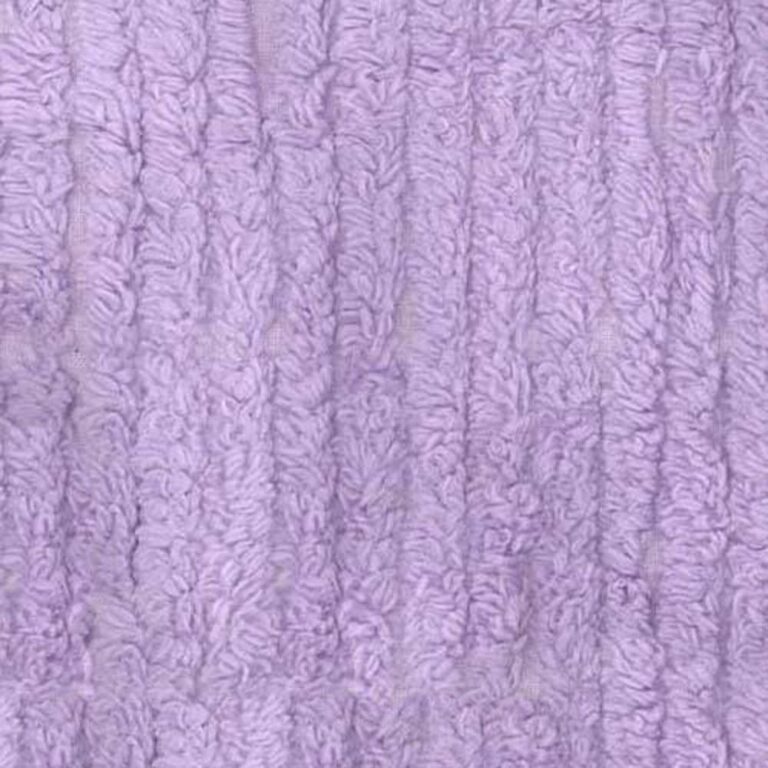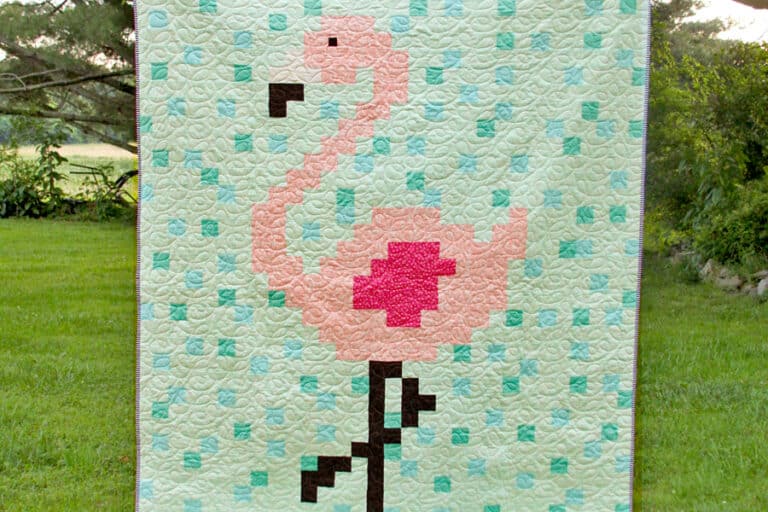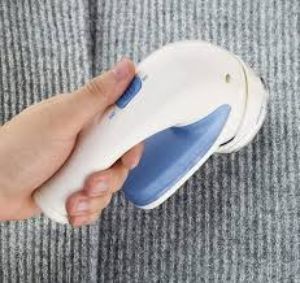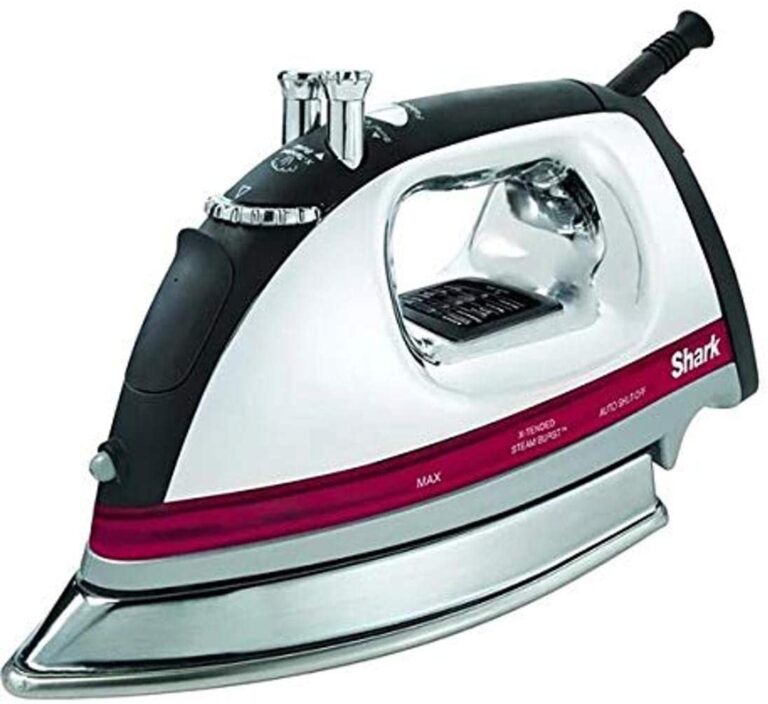Corduroy Fabric: History, Properties, Uses, Care, Where to Buy
Table of Contents
Introduction to Corduroy
If you are looking for strength and durability in fabric, you are at the right place because Corduroy is your fabric. The Corduroy fabric has distinct patterns, wale, or cord, enabling users to identify it easily. Moreover, the modern corduroy fabric also has tufted cords on it.
This fabric can be manufactured through different textile fibers, including cotton, synthetic fibers, and wool using two fillings and one wrap. After weaving it, the producers coat the cloth’s back using glue, and then the floats of pile yarn are cut in the center. The glue is used to ensure greater cutting.
| Topic | Summary |
|---|---|
| Introduction to Corduroy | Corduroy is a fabric known for its strength and durability, with distinct cord patterns. |
| History of Corduroy | Corduroy originated from fustian in Egypt and was developed in England in the 18th century. |
| Properties of Corduroy | Thick, strong, and durable fabric. |
| Common Uses for Corduroy | Apparel (jackets, pants, etc.) and furniture covering. |
| Caring for Corduroy | Turn it inside out when washing, avoid washing with high-lint fabrics, use gentle cycle. |
| Recommended Reading | N/A |
History of Corduroy
The history of corduroy has roots in Egypt. This fabric has been originated from fustian, which was an Egyptian fabric. This fabric was first developed around 200 AD. The high resemblance of fustian and corduroy fabrics, including their raised ridges, also increases the possibility of these two fabrics having the same history.
Moreover, modern corduroy was developed in England in the 18th century by the textile manufacturers there. The corduroy has been derived from Corde Du Roi’s French word, which translates to king’s cord. However, the actual history still seems to be a blur when answering how this fabric got its name.
This fabric got its fame during the 19th century, and now people from all over the world use it for manufacturing various items.
Properties of Corduroy
Though corduroy does not have a long history like wool and cotton fabrics, it has some specific properties. Some of its properties are discussed below.
Thickness
Corduroy is a thick fabric. It has a double thickness layout, making it quite hard to cut, especially if you are using normal scissors. To make cutting easier, it is better to put your hands or use a heavier weight on it.
Very Strong
This fabric has great strength. Unlike other fabrics, which can get torn easily, the corduroy is hard to get damage. You cannot tear it even with high force unless you use proper equipment for it.
Great Durability
The durability of this fabric resembles the Cavalry twill fabric. It is also known for its long life span. It has been built to last and provides a greater user experience to all of its users.
Common Uses for Corduroy
Some common uses of corduroy are listed in the following paragraphs.
Apparel
This fabric’s major use is found in the making of jackets, pants, and coast, etc., for both male and female users. The thickness of its fibers and greater strength makes it suitable for such apparel.
Moreover, some manufacturers and designers also use this fabric for making shirts, skirts, trousers, and other apparel items.
Furniture Covering
Corduroy is also used for manufacturing various furniture coverings. This includes coverings for the couch, sofa, and chair. Plus, you will also find some cute cushions made of this fabric.
Caring for Corduroy
To maintain your corduroy fabric’s quality and durability, you should follow some basic care instructions. When washing it at home, make sure to turn it inside out to save it from matting down. Also make sure you do not put the fabrics with higher link-producing fabrics such as fleece, etc., because the lint on corduroy is hard to remove.
While washing dark color items, you should not use hot water; otherwise, it will start bleeding. And always choose a gentle machine cycle while washing it in a machine.







